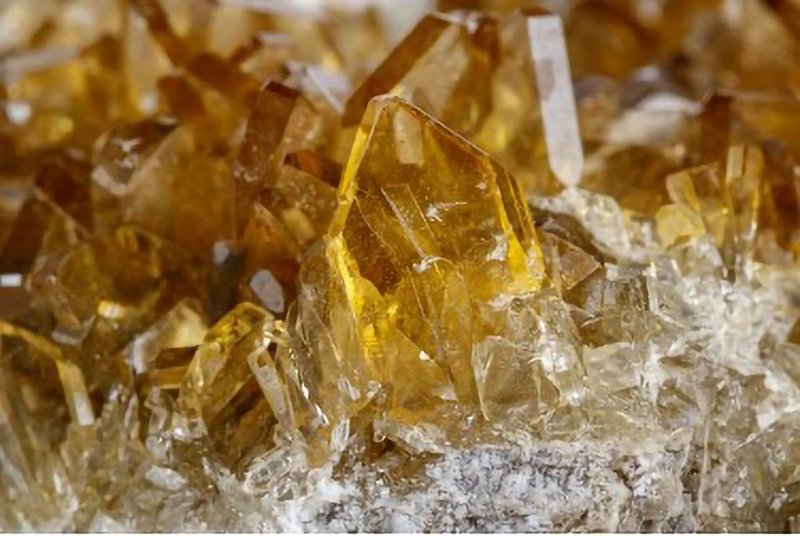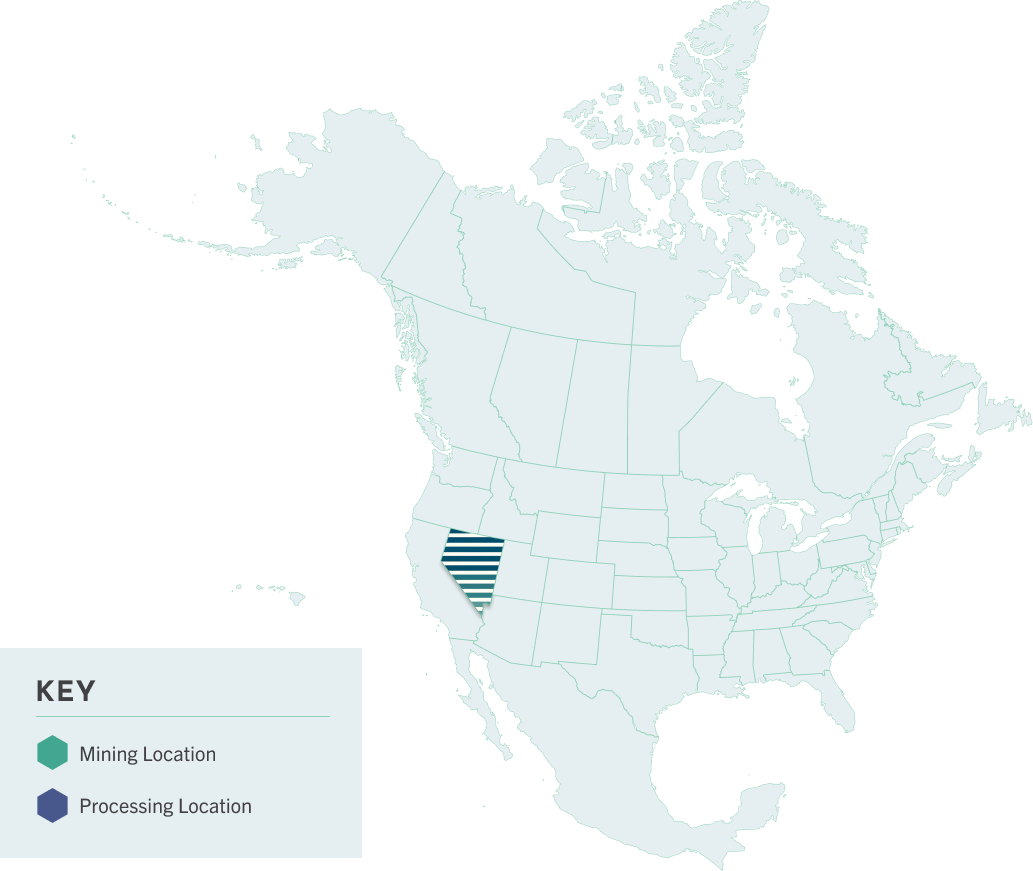Learn All About Barite
Barite
A heavy non-metal mineral.
A heavy non-metal mineral.

Barite is a naturally occurring, barium-based mineral. Barite is also known as baryte, and in the U.S. state of Missouri it is known as “tiff.” Barite may be found in a variety of colors including yellow, brown, white, blue, gray, or even colorless. Barite’s high density and chemical inertness make it an ideal mineral for many applications.

Wait there’s more! Click below to learn about the rest of our essential minerals.